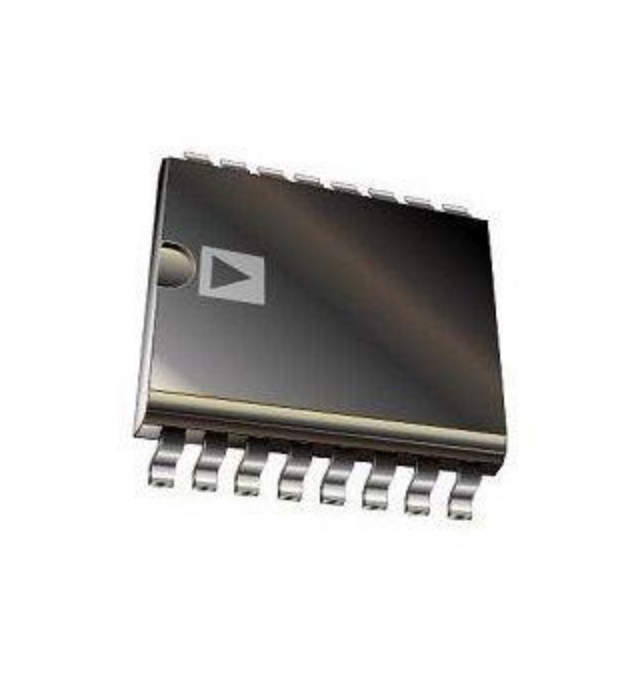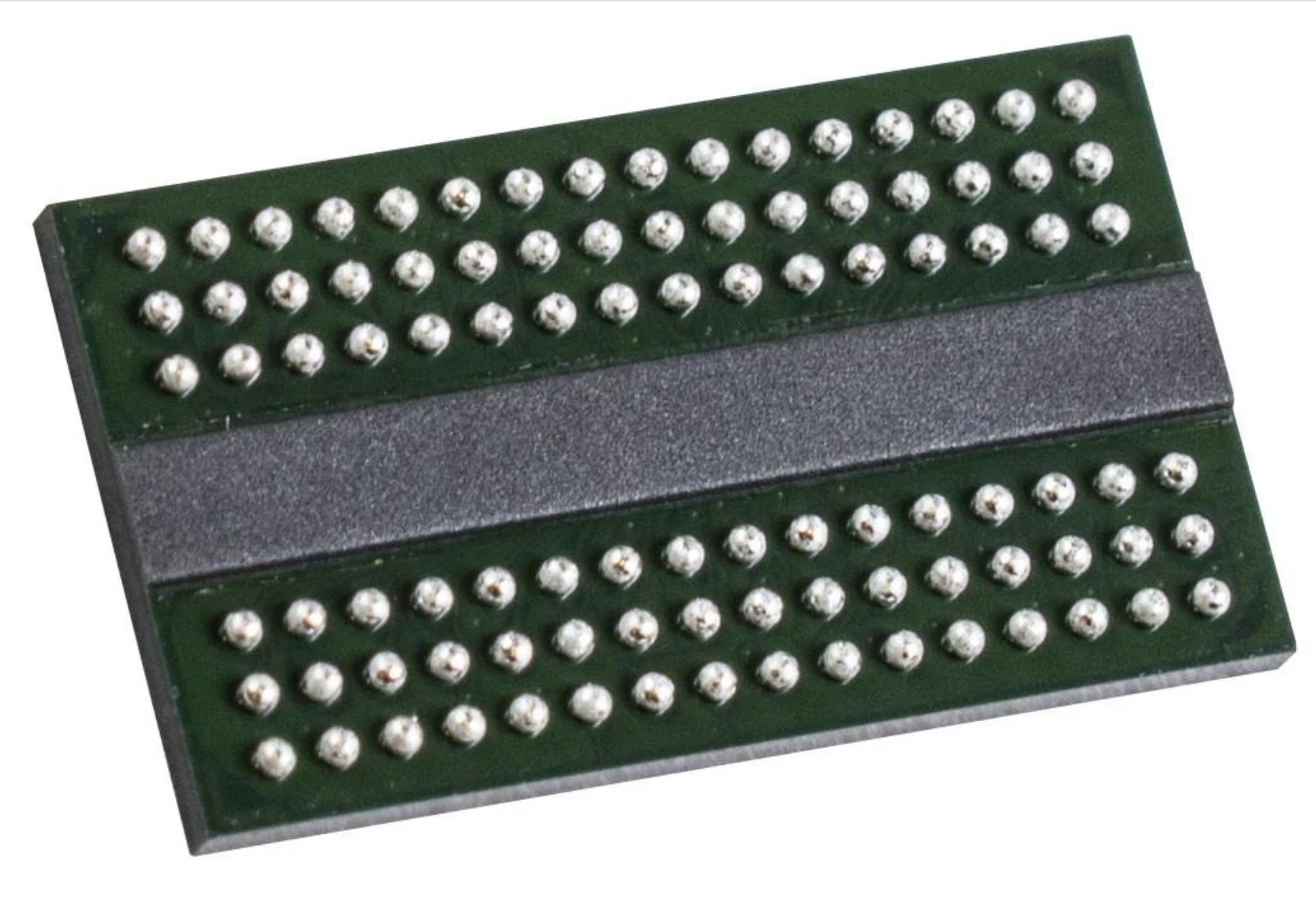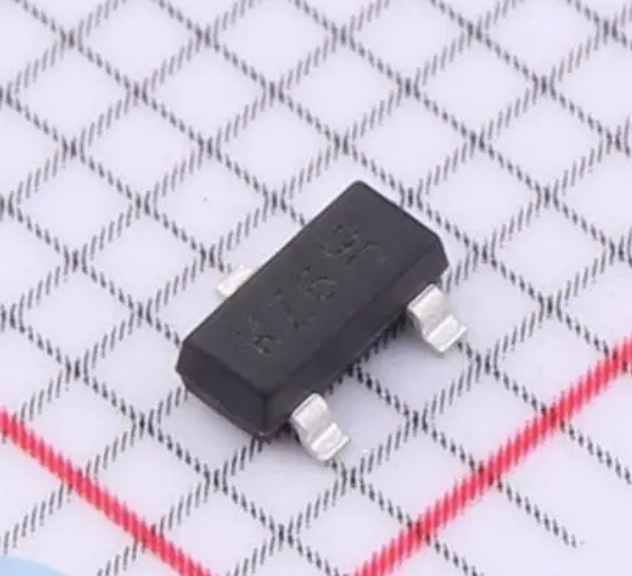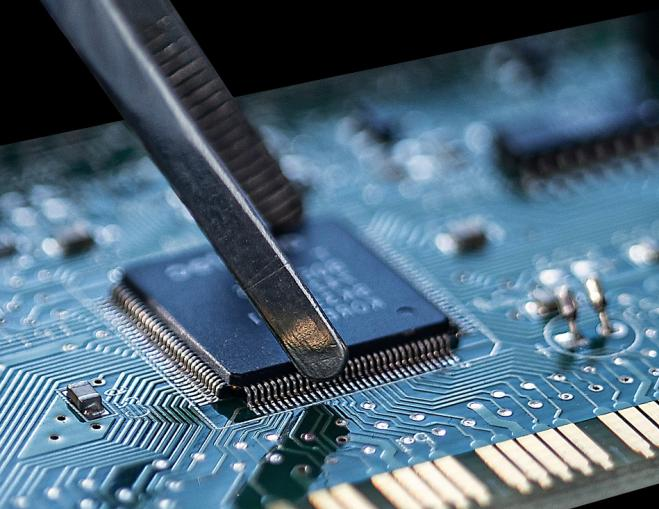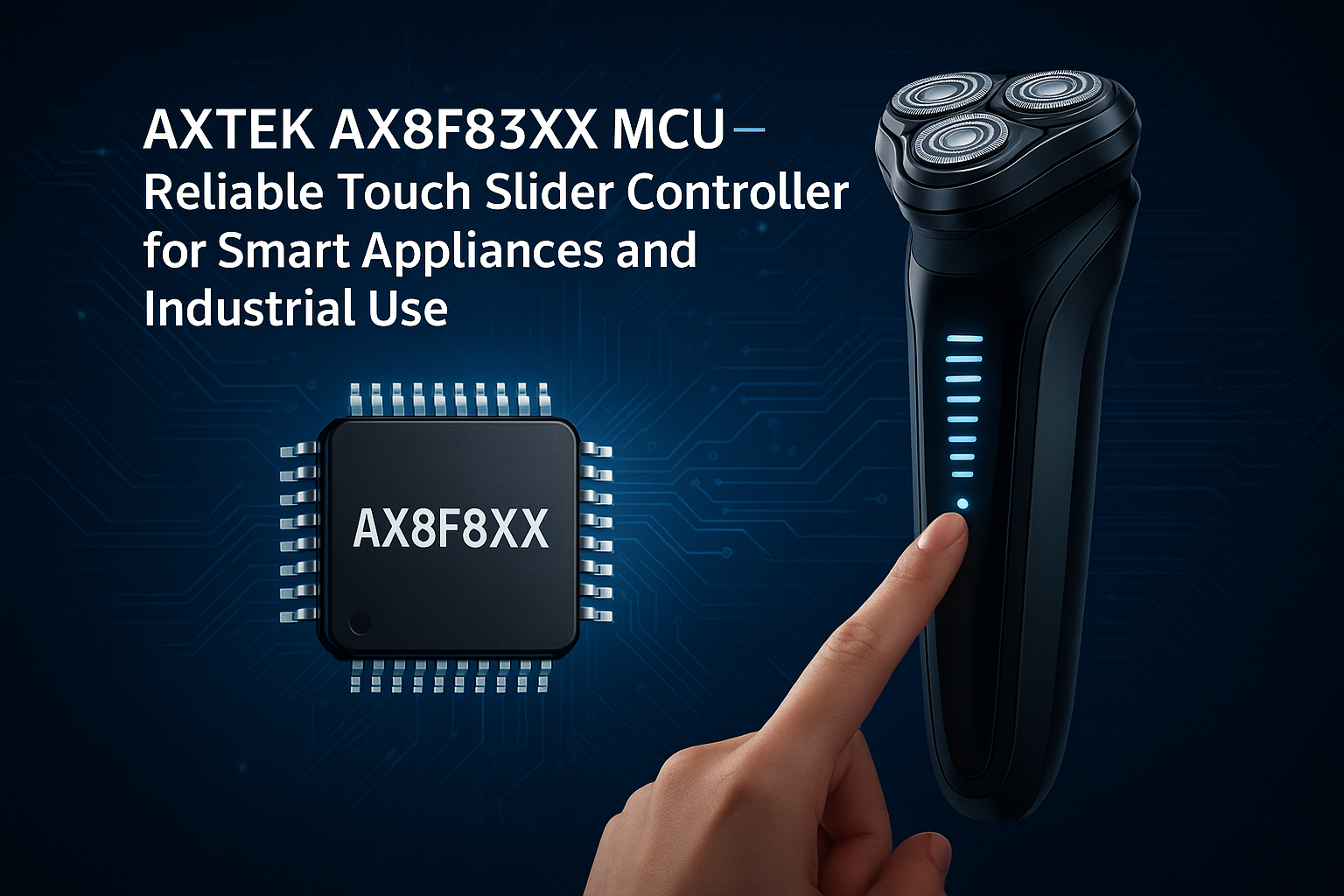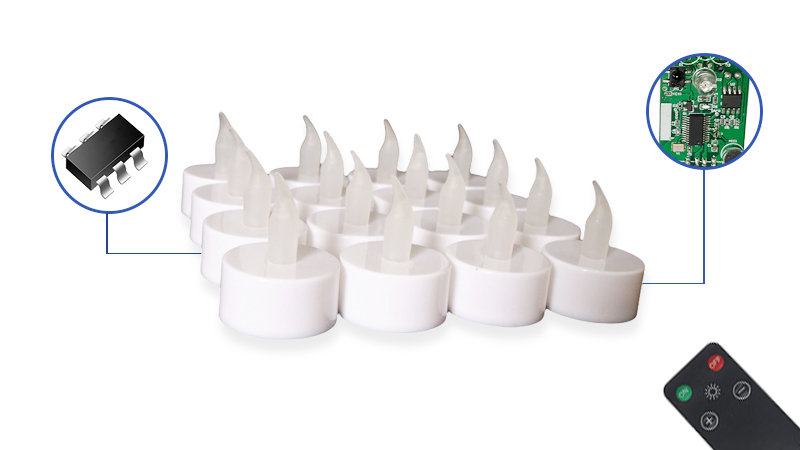Description:
The AM335x microprocessors, based on the ARM Cortex-A8 processor, are enhanced with image,graphics processing, peripherals and industrial interface options such as EtherCAT and PROFIBUS. The devices support high-level operating systems (HLOS). Processor SDK Linux® and TI-RTOS are available free of charge from TI.
The AM335x microprocessor contains the subsystems shown in the Functional Block Diagram and a brief description of each follows:The contains the subsystems shown in the Functional Block Diagram and a brief description of each follows:The microprocessor unit (MPU) subsystem is based on the ARM Cortex-A8 processor and the PowerVR SGX™ Graphics Accelerator subsystem provides 3D graphics acceleration to support display and gaming effects.
The PRU-ICSS is separate from the ARM core, allowing independent operation and clocking for greater efficiency and flexibility. The PRU-ICSS enables additional peripheral interfaces and real-time protocols such as EtherCAT, PROFINET, EtherNet/IP, PROFIBUS, Ethernet Powerlink, Sercos, and others. Additionally, the programmable nature of the PRU-ICSS, along with its access to pins, events and all system-on-chip (SoC) resources, provides flexibility in implementing fast, real-time responses, specialized data handling operations, custom peripheral interfaces, and in offloading tasks from the other processor cores of SoC.
Features 1
• Up to 1-GHz Sitara™ ARM® Cortex®-A8 32‑Bit RISC Processor
– NEON™ SIMD Coprocessor
– 32KB of L1 Instruction and 32KB of Data Cache With Single-Error Detection (Parity)
– 256KB of L2 Cache With Error Correcting Code (ECC)
– 176KB of On-Chip Boot ROM
– 64KB of Dedicated RAM
– Emulation and Debug - JTAG
– Interrupt Controller (up to 128 Interrupt Requests)
• On-Chip Memory (Shared L3 RAM)
– 64KB of General-Purpose On-Chip Memory Controller (OCMC) RAM
– Accessible to All Masters
– Supports Retention for Fast Wakeup
• External Memory Interfaces (EMIF)
– mDDR(LPDDR), DDR2, DDR3, DDR3L Controller:
– mDDR: 200-MHz Clock (400-MHz Data Rate)
– DDR2: 266-MHz Clock (532-MHz Data Rate)
– DDR3: 400-MHz Clock (800-MHz Data Rate)
– DDR3L: 400-MHz Clock (800-MHz Data Rate)
– 16-Bit Data Bus
– 1GB of Total Addressable Space
– Supports One x16 or Two x8 Memory Device Configurations
– General-Purpose Memory Controller (GPMC)
– Flexible 8-Bit and 16-Bit Asynchronous Memory Interface With up to Seven Chip Selects (NAND, NOR, Muxed-NOR, SRAM)
– Uses BCH Code to Support 4-, 8-, or 16-Bit ECC
– Uses Hamming Code to Support 1-Bit ECC
– Error Locator Module (ELM)
– Used in Conjunction With the GPMC to Locate Addresses of Data Errors from Syndrome Polynomials Generated Using a
BCH Algorithm
– Supports 4-, 8-, and 16-Bit per 512-Byte Block Error Location Based on BCH Algorithms
• Programmable Real-Time Unit Subsystem and Industrial Communication Subsystem (PRU-ICSS)
– Supports Protocols such as EtherCAT®, PROFIBUS, PROFINET, EtherNet/IP™, and More
– Two Programmable Real-Time Units (PRUs)
– 32-Bit Load/Store RISC Processor Capable of Running at 200 MHz
– 8KB of Instruction RAM With Single-Error Detection (Parity)
– 8KB of Data RAM With Single-Error Detection (Parity)
– Single-Cycle 32-Bit Multiplier With 64-Bit Accumulator
– Enhanced GPIO Module Provides ShiftIn/Out Support and Parallel Latch on External Signal
– 12KB of Shared RAM With Single-Error Detection (Parity)
– Three 120-Byte Register Banks Accessible by Each PRU
– Interrupt Controller (INTC) for Handling System Input Events
– Local Interconnect Bus for Connecting Internal and External Masters to the Resources Inside
the PRU-ICSS
– Peripherals Inside the PRU-ICSS:
– One UART Port With Flow Control Pins,Supports up to 12 Mbps
– One Enhanced Capture (eCAP) Module
– Two MII Ethernet Ports that Support Industrial Ethernet, such as EtherCAT
– One MDIO Port
• Power, Reset, and Clock Management (PRCM) Module
– Controls the Entry and Exit of Stand-By and Deep-Sleep Modes
– Responsible for Sleep Sequencing, Power Domain Switch-Off Sequencing, Wake-Up Sequencing, and Power Domain Switch-On Sequencing
– Clocks
– Integrated 15- to 35-MHz High-Frequency Oscillator Used to Generate a Reference Clock for Various System and Peripheral Clocks
– Supports Individual Clock Enable and Disable Control for Subsystems and Peripherals to Facilitate Reduced Power Consumption
– Five ADPLLs to Generate System Clocks (MPU Subsystem, DDR Interface, USB and Peripherals [MMC and SD, UART, SPI, I
2C], L3, L4, Ethernet, GFX [SGX530], LCD Pixel Clock)
– Power
– Two Nonswitchable Power Domains (RealTime Clock [RTC], Wake-Up Logic [WAKEUP])
– Three Switchable Power Domains (MPU Subsystem [MPU], SGX530 [GFX], Peripherals and Infrastructure [PER])
– Implements SmartReflex™ Class 2B for Core Voltage Scaling Based On Die Temperature, Process Variation, and Performance(Adaptive Voltage Scaling [AVS])
– Dynamic Voltage Frequency Scaling (DVFS)
• Real-Time Clock (RTC)
– Real-Time Date (Day-Month-Year-Day of Week) and Time (Hours-Minutes-Seconds) Information
– Internal 32.768-kHz Oscillator, RTC Logic and 1.1-V Internal LDO
– Independent Power-on-Reset (RTC_PWRONRSTn) Input
– Dedicated Input Pin (EXT_WAKEUP) for External Wake Events
– Programmable Alarm Can be Used to Generate Internal Interrupts to the PRCM (for Wakeup) or Cortex-A8 (for Event Notification)
– Programmable Alarm Can be Used With External Output (PMIC_POWER_EN) to Enable the Power Management IC to Restore Non-RTC Power Domains
• Peripherals
– Up to Two USB 2.0 High-Speed DRD (DualRole Device) Ports With Integrated PHY
– Up to Two Industrial Gigabit Ethernet MACs (10, 100, 1000 Mbps)
– Integrated Switch
– Each MAC Supports MII, RMII, RGMII, and MDIO Interfaces
– Ethernet MACs and Switch Can Operate Independent of Other Functions
– IEEE 1588v1 Precision Time Protocol (PTP)
– Up to Two Controller-Area Network (CAN) Ports
– Supports CAN Version 2 Parts A and B
– Up to Two Multichannel Audio Serial Ports (McASPs)
– Transmit and Receive Clocks up to 50 MHz
– Up to Four Serial Data Pins per McASP Port With Independent TX and RX Clocks
– Supports Time Division Multiplexing (TDM), Inter-IC Sound (I2S), and Similar Formats
– Supports Digital Audio Interface Transmission (SPDIF, IEC60958-1, and AES-3 Formats)
– FIFO Buffers for Transmit and Receive (256 Bytes)
– Up to Six UARTs
– All UARTs Support IrDA and CIR Modes
– All UARTs Support RTS and CTS Flow Control
– UART1 Supports Full Modem Control
– Up to Two Master and Slave McSPI Serial Interfaces
– Up to Two Chip Selects
– Up to 48 MHz
– Up to Three MMC, SD, SDIO Ports
– 1-, 4- and 8-Bit MMC, SD, SDIO Modes
– MMCSD0 has Dedicated Power Rail for 1.8‑V or 3.3-V Operation
– Up to 48-MHz Data Transfer Rate
– Supports Card Detect and Write Protect
– Complies With MMC4.3, SD, SDIO 2.0 Specifications
– Up to Three I²C Master and Slave Interfaces
– Standard Mode (up to 100 kHz)
– Fast Mode (up to 400 kHz)
– Up to Four Banks of General-Purpose I/O (GPIO) Pins
– 32 GPIO Pins per Bank (Multiplexed With Other Functional Pins)
– GPIO Pins Can be Used as Interrupt Inputs (up to Two Interrupt Inputs per Bank)
– Up to Three External DMA Event Inputs that can Also be Used as Interrupt Inputs
– Eight 32-Bit General-Purpose Timers
– DMTIMER1 is a 1-ms Timer Used for Operating System (OS) Ticks
– DMTIMER4–DMTIMER7 are Pinned Out
– One Watchdog Timer
– SGX530 3D Graphics Engine
– Tile-Based Architecture Delivering up to 20 Million Polygons per Second
– Universal Scalable Shader Engine (USSE) is a Multithreaded Engine Incorporating Pixel and Vertex Shader Functionality
– Advanced Shader Feature Set in Excess of Microsoft VS3.0, PS3.0, and OGL2.0
– Industry Standard API Support of Direct3D Mobile, OGL-ES 1.1 and 2.0, and OpenMax
– Fine-Grained Task Switching, Load Balancing, and Power Management
– Advanced Geometry DMA-Driven Operation for Minimum CPU Interaction
– Programmable High-Quality Image AntiAliasing
– Fully Virtualized Memory Addressing for OS Operation in a Unified Memory Architecture
– LCD Controller
– Up to 24-Bit Data Output; 8 Bits per Pixel (RGB)
– Resolution up to 2048 × 2048 (With Maximum 126-MHz Pixel Clock)
– Integrated LCD Interface Display Driver (LIDD) Controller
– Integrated Raster Controller
– Integrated DMA Engine to Pull Data from the External Frame Buffer Without Burdening the Processor via Interrupts or a Firmware Timer
– 512-Word Deep Internal FIFO
– Supported Display Types:
– Character Displays - Uses LIDD Controller to Program these Displays
– Passive Matrix LCD Displays - Uses LCD Raster Display Controller to Provide Timing and Data for Constant Graphics Refresh to a Passive Display
– Active Matrix LCD Displays - Uses External Frame Buffer Space and the Internal DMA Engine to Drive Streaming Data to the Panel
– 12-Bit Successive Approximation Register (SAR) ADC
– 200K Samples per Second
– Input can be Selected from any of the Eight Analog Inputs Multiplexed Through an 8:1 Analog Switch
– Can be Configured to Operate as a 4-Wire, 5- Wire, or 8-Wire Resistive Touch Screen Controller (TSC) Interface
– Up to Three 32-Bit eCAP Modules
– Configurable as Three Capture Inputs or Three Auxiliary PWM Outputs
– Up to Three Enhanced High-Resolution PWM Modules (eHRPWMs)
– Dedicated 16-Bit Time-Base Counter With Time and Frequency Controls
– Configurable as Six Single-Ended, Six DualEdge Symmetric, or Three Dual-Edge Asymmetric Outputs
– Up to Three 32-Bit Enhanced Quadrature Encoder Pulse (eQEP) Modules
• Device Identification
– Contains Electrical Fuse Farm (FuseFarm) of Which Some Bits are Factory Programmable
– Production ID
– Device Part Number (Unique JTAG ID)
– Device Revision (Readable by Host ARM)
• Debug Interface Support
– JTAG and cJTAG for ARM (Cortex-A8 and PRCM), PRU-ICSS Debug
– Supports Device Boundary Scan
– Supports IEEE 1500
• DMA
– On-Chip Enhanced DMA Controller (EDMA) has Three Third-Party Transfer Controllers (TPTCs) and One Third-Party Channel Controller (TPCC), Which Supports up to 64 Programmable Logical Channels and Eight QDMA Channels. EDMA is Used for:
– Transfers to and from On-Chip Memories
– Transfers to and from External Storage (EMIF, GPMC, Slave Peripherals)
• Inter-Processor Communication (IPC)
– Integrates Hardware-Based Mailbox for IPC and Spinlock for Process Synchronization Between Cortex-A8, PRCM, and PRU-ICSS
– Mailbox Registers that Generate Interrupts
– Four Initiators (Cortex-A8, PRCM, PRU0, PRU1)
– Spinlock has 128 Software-Assigned Lock Registers
• Security
– Crypto Hardware Accelerators (AES, SHA, RNG)
– Secure Boot (optional; requires custom part engagement with TI)
• Boot Modes
– Boot Mode is Selected Through Boot Configuration Pins Latched on the Rising Edge of the PWRONRSTn Reset Input Pin
• Packages:
– 298-Pin S-PBGA-N298 Via Channel Package (ZCE Suffix), 0.65-mm Ball Pitch
– 324-Pin S-PBGA-N324 Package (ZCZ Suffix), 0.80-mm Ball Pitch
Applications:
• Gaming Peripherals
• Home and Industrial Automation
• Consumer Medical Appliances
• Printers
• Smart Toll Systems
• Connected Vending Machines
• Weighing Scales
• Educational Consoles
• Advanced Toys


 MCU Solutions
MCU Solutions PCBA Solutions
PCBA Solutions Bluetooth Solutions
Bluetooth Solutions
 FAQ
FAQ Contact Us
Contact Us
 Company News
Company News Technology News
Technology News Industry News
Industry News PCBA News
PCBA News
 Company Profile
Company Profile Certificates
Certificates Terms & Conditions
Terms & Conditions Privacy Statement
Privacy Statement
 Home Appliances
Home Appliances Beauty Appliances
Beauty Appliances Lighting
Lighting Kid's Toys
Kid's Toys Security Alarm
Security Alarm Health Care
Health Care


